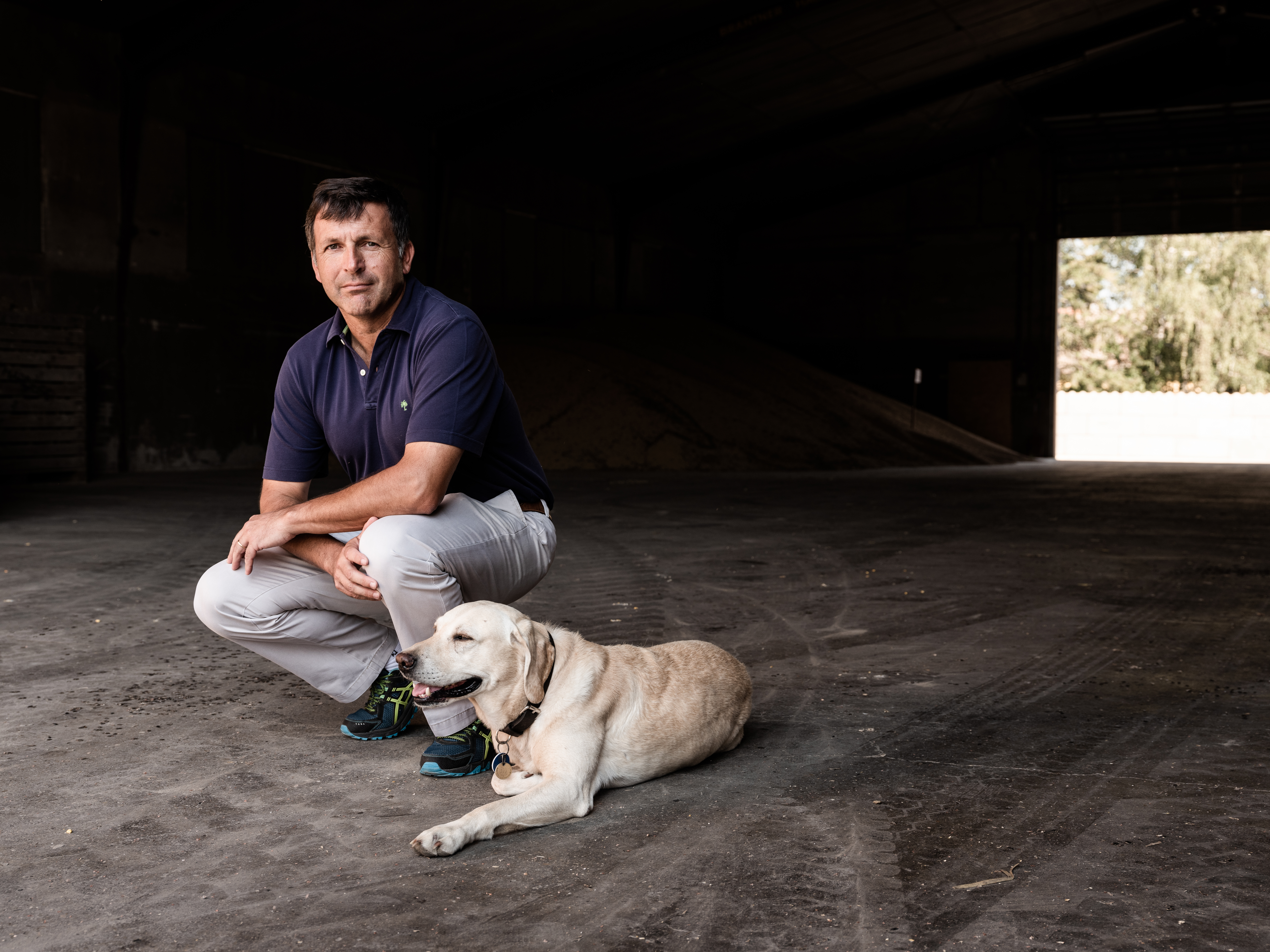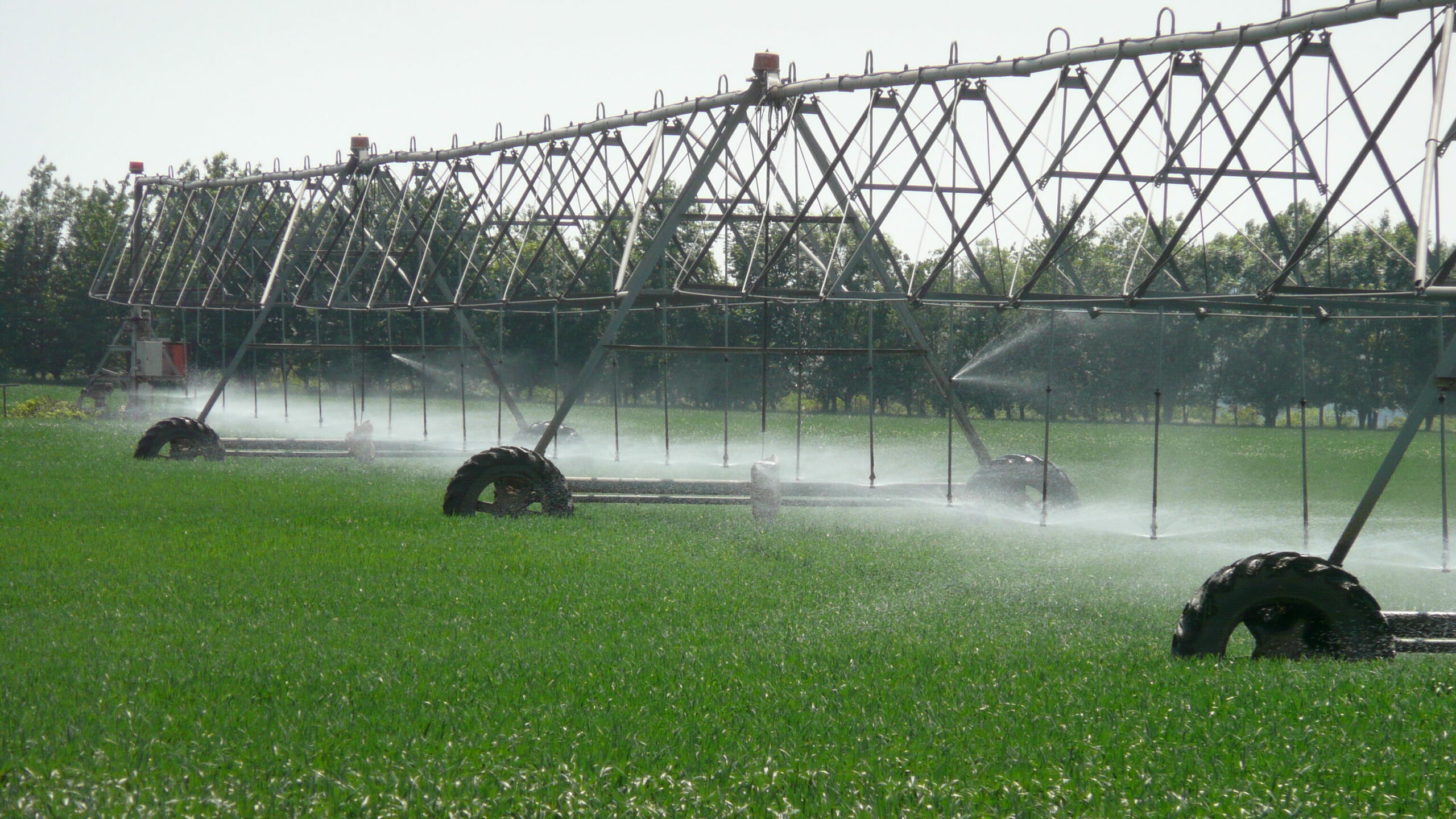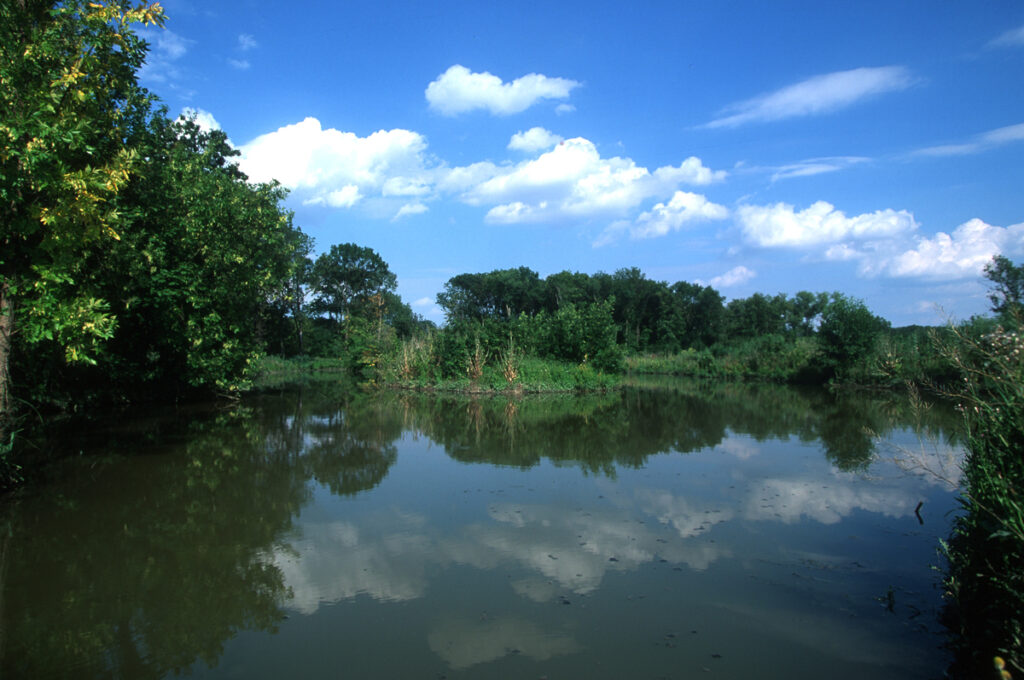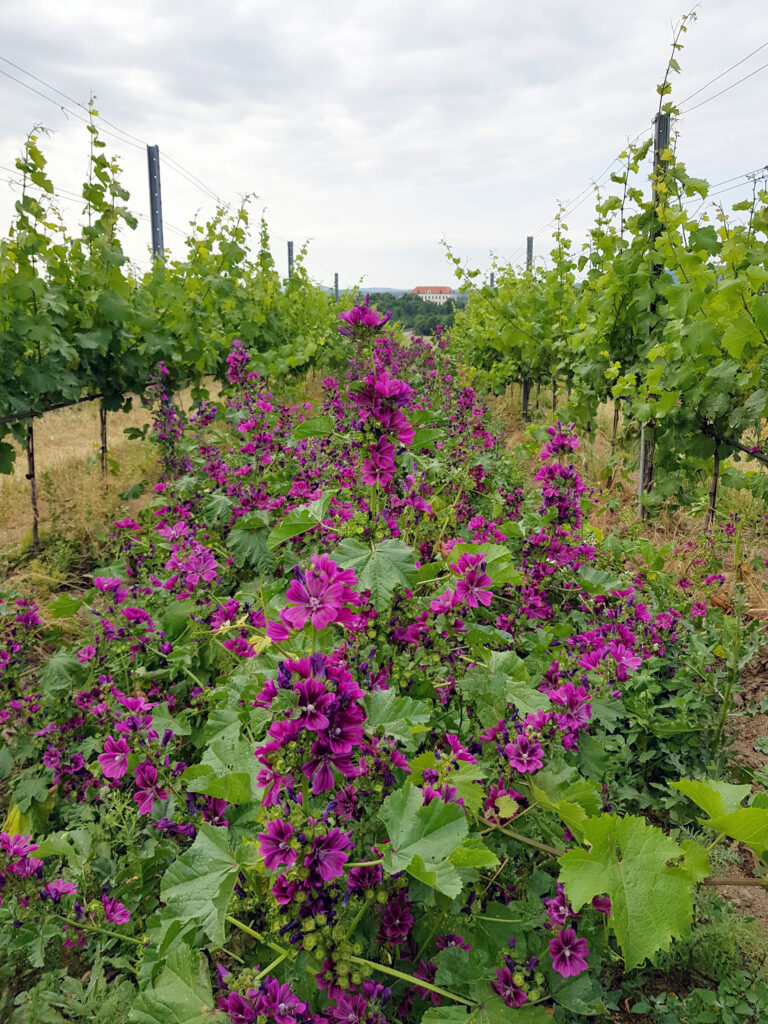The UK may be ahead of Austria on landscape-scale, farmer-led conservation, but there is much to learn from Max Hardegg’s holistic approach to greener farming

The Seefeld Estate in Lower Austria has been in Max Hardegg’s family since 1495, so it’s not surprising he takes a long view of conservation. His drive to increase the estate’s natural capital was instilled by his father, and Max is determined to pass the land to the next generation in a healthier state by factoring in natural processes to every aspect of the business. He said: “It’s in our DNA from generations of ownership. We recently created a new motto for the estate ‘Gelebte Artenvielfalt’, which translates as ‘Living Biodiversity’. It means every decision must be considered in the light of its impact on wildlife as well as the farm business. It becomes a cultural thing, a way of life.”
Farm facts
- Location: Seefeld-Kadolz, Hollabrunn, Lower Austria
- Type of landscape: Lowland arable with crops including vineyards, winter wheat, winter barley, spring barley, sugarbeet, maize, oilseed rape, potatoes, set-aside, wetland
- Acreage: 6,899 acres including 5,436 acres of farmland
- Percentage in conservation: 8%
Funding: Private investment and agri-environment schemes - Conservation measures: Hedgerows, beetlebanks, covercrops, grass margins, wildflower mixes, set aside, winter feeding, predation management, pond creation, wetland creation, river management, tree planting, crop rotation
So what does this mean in practice? Max has developed a four-pillar approach to conservation. The first is integrating habitat creation with farming systems by avoiding large blocks of the same crop and maintaining a wide variety of plants and rotations. Large fields, which averaged 62 acres, have been reduced by planting hedges, grass margins, cover crops, beetle banks, and a 30m-wide strip of peas winds through the estate. The second pillar is providing seed for wild birds throughout the year, and the third is creating new environmental features. Most recently, a series of ponds have been dug to provide water for wildlife and prevent sediment from running into the river. Such measures combined with the fourth pillar of predation control create an ideal environment for a wide range of biodiversity.
As well as cereals, Seefeld includes 100 acres of organic vineyards growing award-winning Riesling wine. Grapes are a perennial crop so there’s no need for ploughing. Flower and legume mixes for pollinators are grown between rows with grass margins and cover crops around the edges to provide nesting habitat for birds. All crops benefit from the closed circle of nutrients from the estate’s organic pig herd, which is one of the biggest in the country.
The climate in Austria is markedly different to the UK, with drier springs and summers, giving a foretaste of future British weather patterns. Max has seen wildlife suffer from drought, which can undo the hard work put into habitat creation. He said: “Our worst breeding years for our wild pheasant population has been when there is very little rain in spring. If it’s too dry, we don’t get decent cover crops and the hen birds don’t have the morning dew on their feathers to transfer moisture on the eggs. Successful incubation requires high levels of humidity.”

To mitigate drier conditions, Max has introduced modern irrigation systems. Unlike traditional sprinklers, they produce small droplets with low pressure close to the ground, re-creating the dew effect the wild birds need. He said: “A friend of mine even waters his hedgerows and game cover crops with the drizzle system. I hope more farmers will be supported in switching to the new technology.” The irrigation system has also allowed for a wider range of crops, and since 2002 the farm has been the largest potato contractor for McDonald’s in the country.
As well as connecting ponds and ditches, Max has continued his father’s project of restoring the Pulkau river that runs through the estate, both to prevent flooding in local villages and create wetland. He said: “We have achieved an oasis of water, wildlife and vegetation. In comparison with the surrounding area, it’s day and night.”

To mitigate climate change, rather than focus on going carbon neutral, Max believes a better goal for farming would be to increase wildlife. He said: “If you focus on biodiversity you automatically cover soil, water and carbon. It’s simpler and you make the right decisions. For example, there are grants for certain cover crops that are great at sequestering carbon, but they consume too much water for a dry area like ours. In contrast, our autumn-sown kale and mustard mixes provide habitat and winter food for wild birds and protect soil without taking too much moisture.”
The investment in habitat at Seefeld is delivering an impressive wildlife dividend. Over 7,000 migratory songbirds visit in summer and 71 recorded species include bee-eater, golden oriole, red-backed shrike and turtle dove. Max believes there is no reason why other farmers in Austria couldn’t achieve the same results. He said: “When I give presentations, land managers often say, ‘Well, you can afford it because you are a big operation’. It’s true that the average farm in this area is 60 acres, whereas I have 5,436, but the size of a farm does not prevent you from feeding birds, digging small ponds, or restricting mowing in the breeding season. Nor do conservation measures take up much land. At Seefeld we have proved that taking 8% out of production is sufficient and farms already have to devote 5% to green measures under the CAP. It’s important that additional costs are calculated so that farmers can be properly compensated through agri-environment schemes, but money is not the issue. It is more about awareness and readiness to do something.”
Drier springs and summers give a foretaste of future British weather patterns
Max feels Austria lags behind other countries in this regard, despite its ‘green’ reputation within Europe, which stems from 25% organic farming. He said: “Organic systems are not always beneficial to biodiversity. Conservation is not taught at agricultural college, and the digitalisation of the CAP system has removed farmers even further from the idea of protecting their natural capital. As a result, many land managers approach agri-environment schemes with the sole aim of achieving maximum subsidies. Unfortunately, such schemes only deliver biodiversity gain when increasing wildlife is the main goal. Psychology has been used successfully to change mindsets in the past, for example, through campaigns to obey the speed limit. The same kind of approach and investment is now needed to encourage farmers to work with nature. It’s no good just laying down the law; you have to win people’s hearts and minds.”
For Max, the Game & Wildlife Conservation Trust’s concept of Farmer Clusters and its scientific research into practical farmland conservation are evidence of the UK’s comparatively progressive approach. He was impressed by a visit to the Martin Down Farmer Cluster in Wiltshire, but has yet to convince his neighbours of the virtue of cooperating on a landscape scale. He said: “I have to be patient. We do the GWCT Big Farmland Bird Count every year and here it’s easier to persuade suburban families or golf course owners to take part than the local farmers. Our neighbours respect what we do, but most Austrian farmers just aren’t there yet. That’s why I am sad that the UK is leaving the EU because with GWCT and other organisations influencing farming policy, we could have made real progress on these issues.”

As well as its thriving songbirds, Seefeld has a healthy population of wild pheasants, which is an impressive example of game management as a driver for conservation. Local hunting records show that while the estate only covers 2% of the district, it accounts for 20% of the pheasants, 10% of the hares and 50% of the wildfowl each year, indicating a greater abundance of wildlife on the estate compared with surrounding farmland. This sustainable harvest comprises two or three shoots a year, which causes minimal disturbance to wildlife and produces modest bags of mixed game including wild boar and pigeon. Max said: “I believe the best examples of successful farmland conservation are where agriculture and game management are integrated, like they often are in the UK. Here in Austria, they tend to be separate and you lose the motivation to change farming practices. Because we like to shoot, conservation comes easily to us. People think shooting is bad for the countryside, but it’s the other way round.”
In order to preserve the wild game population and protect songbirds, predator control is undertaken by the gamekeeping team. In Austria, foxes, badgers, stoats and stone martens can be legally controlled but crows can only be controlled outside their breeding season, leaving songbirds highly vulnerable at the most important time. Max said: “We don’t wish to eradicate predators, just remove enough to relieve the pressure on threatened species. The problem with the kind of impractical restrictions we have is that they risk pushing land managers into the grey zone of lawbreaking. We are fortunate here because we can keep numbers in balance. Farms near urban areas have very few songbirds due to high numbers of crows. Farmers no longer control crows and foxes are no longer culled in forestry areas, which has doubled the number coming onto the estate. At the same time, apex predators have been released into the countryside. Sadly, this often ends with ecologists releasing captive-bred birds of prey, which are unfit to survive in the wild, into habitats that can’t sustain them. Policy on predators in Austria is not working.”
Looking ahead, Max intends to increase wildlife monitoring at Seefeld, especially of songbird and insect abundance. He would like to see all agri-environment schemes include an annual biodiversity report detailing species on the ground and assessing the conservation work carried out. The level of payment awarded would depend on the quality of the habitat and abundance and range of biodiversity. He said: “I think this would motivate people to be more ambitious and go for an ‘A grade’ next time. Once the politicians decide what they want to achieve, they should leave it to the practitioners to deliver it. Farmer Clusters under the guidance of an expert advisor/facilitator would be essential in this, then we’d all be happy campers.”
Research in Practice
Roger Draycott
Director GWCT Advisory Services & Education
The GWCT has worked closely with Seefeld Estate since the late 1980s. In the early days, we collaborated on wild pheasant ecology and management. Seefeld has maintained an impressive wild pheasant stock for generations. Much of our early thinking on wild bird cover mixes for wild game and songbirds that we developed in the 1990s and that are now a key component of UK agri-environment schemes were actually based on the mixes that were developed by Max’s family and management team. More recently, we have collaborated on projects assessing farmland biodiversity. In particular, Seefeld has led on introducing the GWCT’s Big Farmland Bird Count in Austria. Recognising the importance of assessing the natural capital on farms is gaining traction internationally as well as in the UK. Demonstrating that agriculture can deliver public goods like biodiversity and carbon sequestration is going to be a key part of farm business management in the future. For guidance on assessing and increasing natural capital, visit www.gwct.org.uk/advisory.
